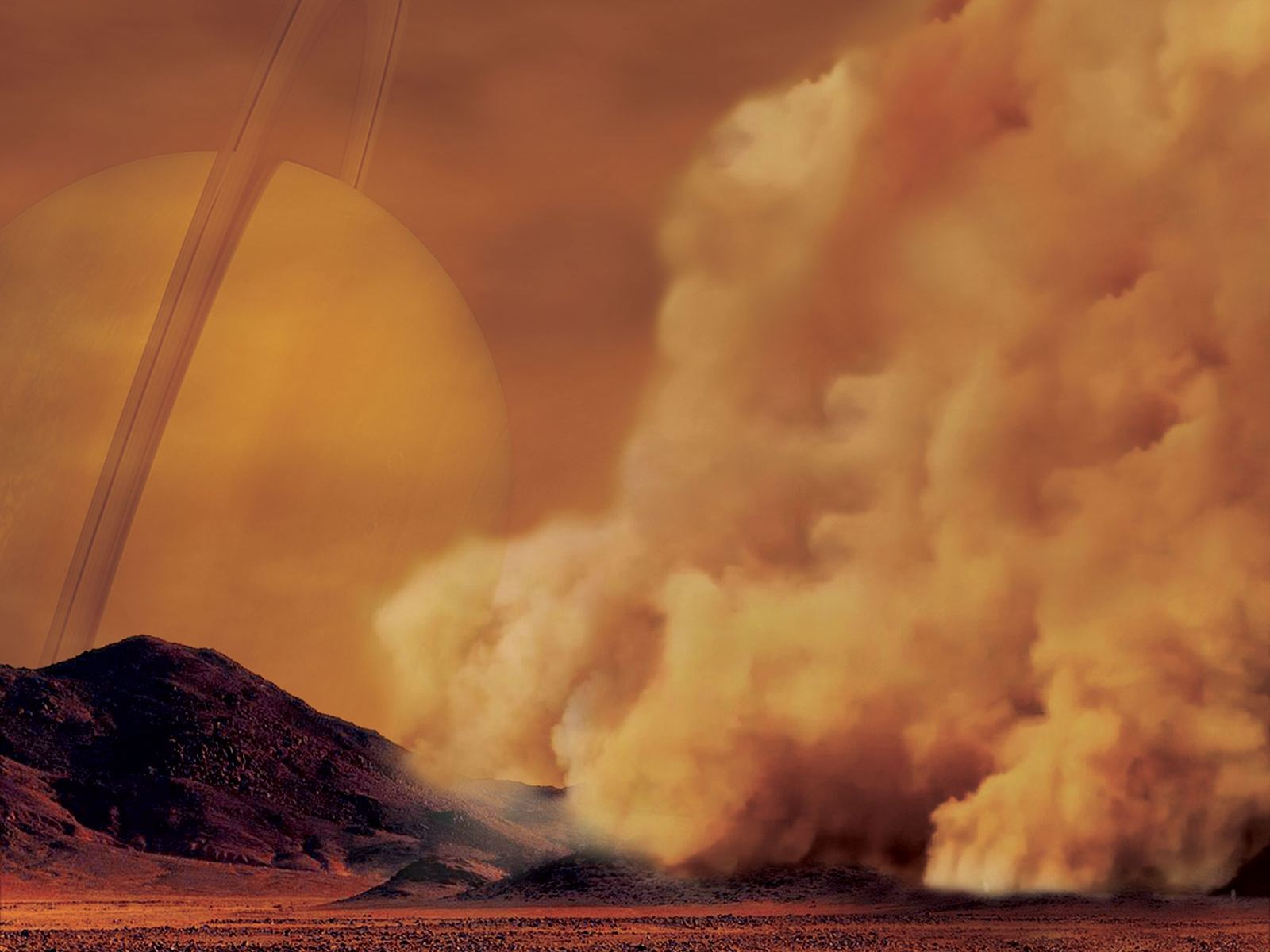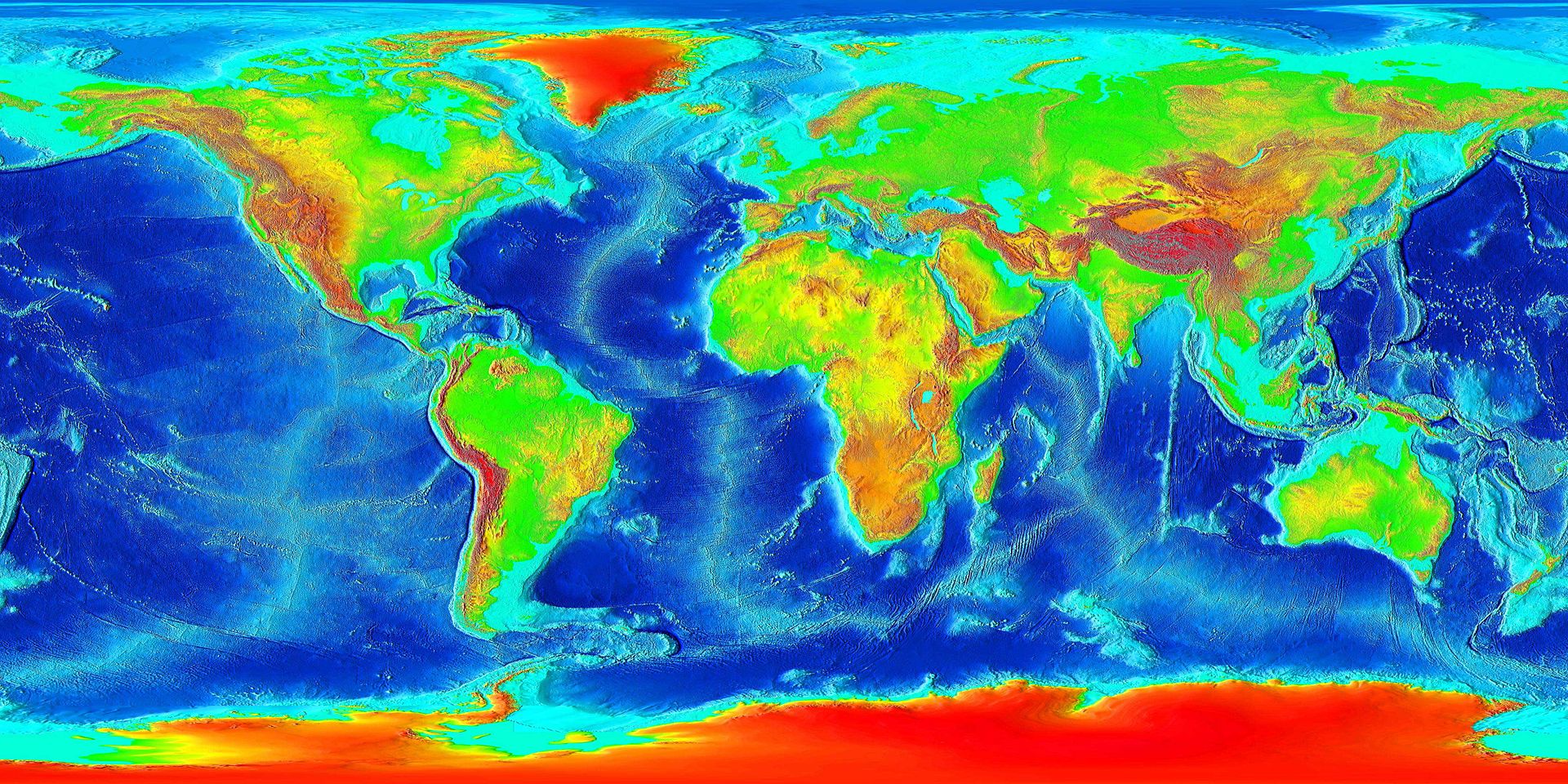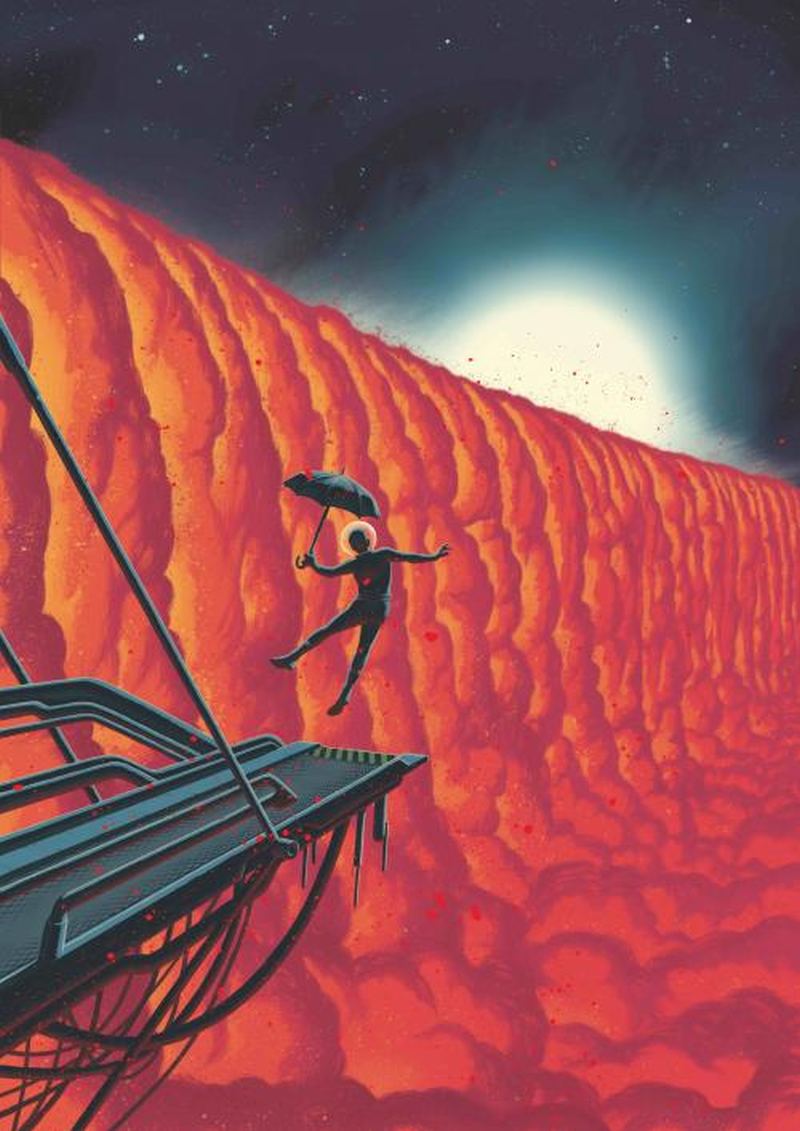In response to the Covid-19 global pandemic, schools and universities around the world have shut their doors and told their students to go home. Most of them continued their educational mission, but through remote remote learning platforms rather than in-person lectures.
Some of these universities and schools maintained this status for only a few weeks, while some kept this as the default state for the rest of their spring semester.
Continue reading “When Universities Reopen, Will Students Return?”









